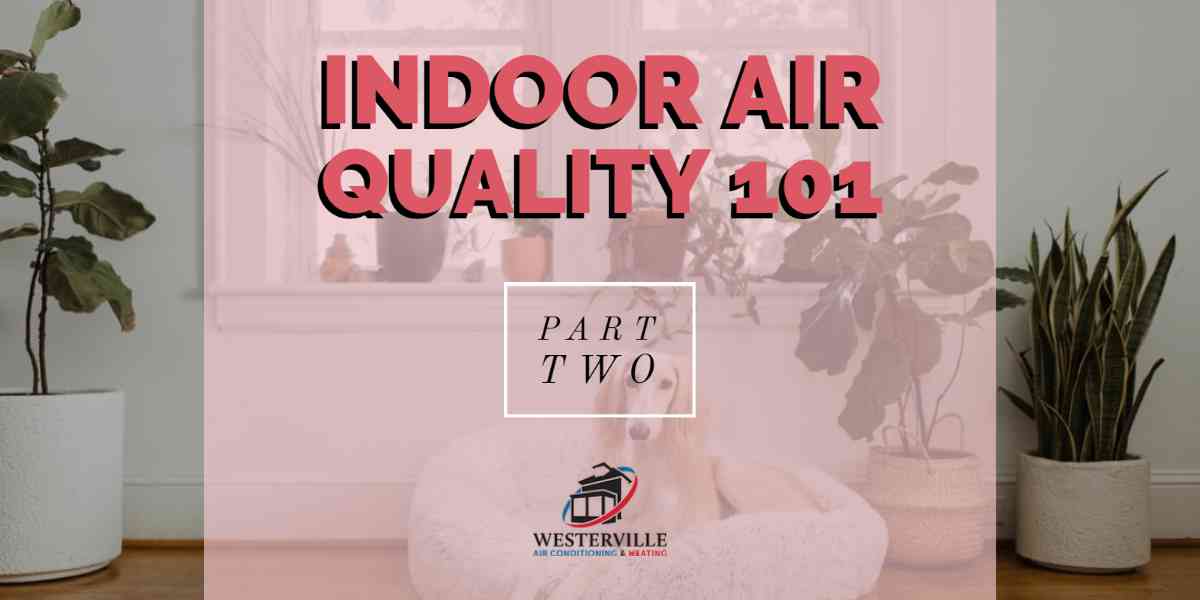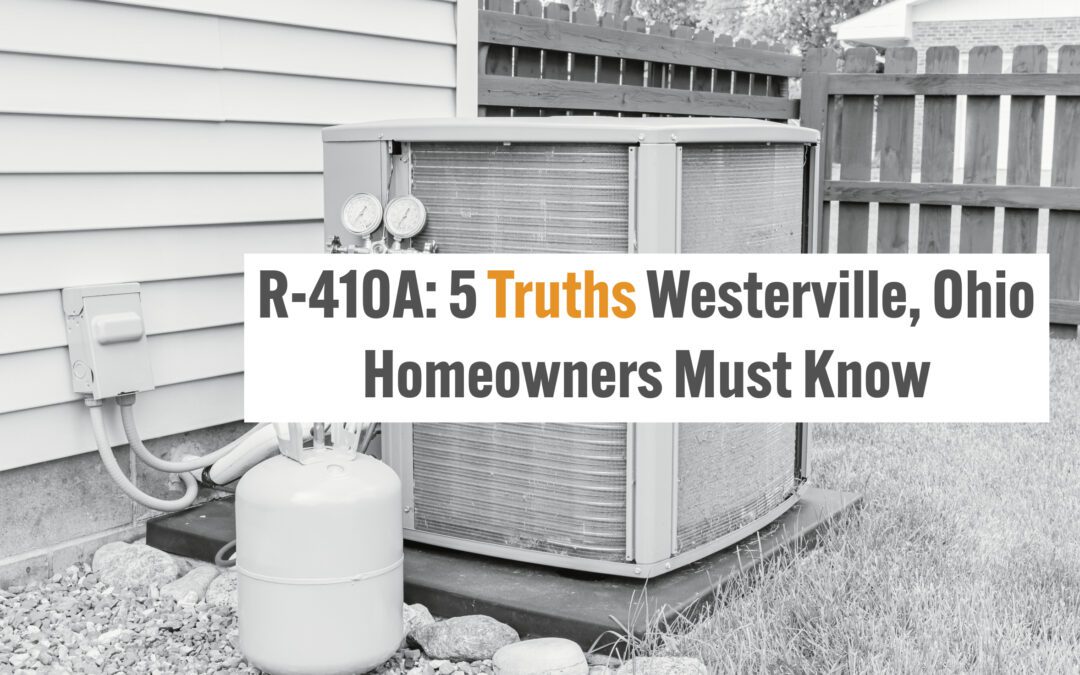In the first part of this four-part series, we explained why your Indoor Air Quality is so important. This importance is compounded by the fact that, on average, Americans spend 90 percent of their time indoors where (despite popular belief) the air quality can be two to five times more toxic than the air outside; this is true in even the biggest most industrialized U.S. cities.
Now, in Part 2, we will identify some of the more prevalent types of indoor air pollution and discuss how they impact your health, well-being, brain function, energy levels, and mood.
Even though household air pollution has improved in recent decades, most homeowners still fail to realize how crucial of an issue it is. In low income homes where the risk is at its highest, the World Health Organization says it has had devastating implications.
Types of Pollution Found Indoors
Considered an invisible enemy, the naked human eye cannot see the particles of most forms indoor air pollution most of the time, with visible smoke being an example of one exception. Because of this, within homes and places of work, a vast range of air pollution has been identified as harmful. The following is the most common types of sources of Indoor Air Pollution:
- Smoke from cigarettes, tobacco
- Mold and mildew
- Dust mite waste and other types of dust particles
- Organic waste from humans, pets and animals such as pet dander and fur
- Grasses, grains and pollen
- Pesticides and other toxic chemicals
- Carbon monoxide, radon and other dangerous gases
- Volatile Organic Compounds
- By-products of fuel-burning appliances
- Smoke from wood-burning stoves, fireplaces and candles
- Construction materials and furnishings from home renovations and repairs
- Asbestos and other waste from degraded insulation
- Products for household cleaning and maintenance
- Aerosol and other waste from personal care products and hobbies
- Air pollution from the outside coming in
- Food particles and fumes from cooking
What Does Indoor Air Pollution Do?
Not only do particles of air pollution drift and roam around in the air in your residence, but they can also travel on pets and people; they tend to land on rugs and carpet and lodge themselves into furniture; from there, at any given time, they can become airborne again. Without adequate air filtration and ventilation these various forms of pollution can become a serious health concern, if they aren’t causing problems already and you just don’t know about it.
Although some symptoms are immediate, a lot of the health effects don’t manifest right away. It could take years for the more serious implications to surface, and by then it could be too late.
Much of this just depends on variables, like the health status of the individual being exposed and the type of pollution to which they are being exposed. In any case, proper air filtration and ventilation can save lives.
Things You Notice Right Away
After being exposed to certain types of indoor air pollution, some health effects show up right away. Irritation of the eyes, the throat, and the nose are signs of exposure to air pollution. The same goes for headaches, dizziness and fatigue. If you experience these signs, it’s possible you might have air pollution. If you have asthma and allergy symptoms appear or get worse, this is also a sign.
Things that Take Years to Manifest
Sometimes health effects appear years after being exposed, or after long or repeated periods of it. If the pollution in a home is really bad and left unchecked, these types of effects could include certain respiratory problems, heart disease and even cancer.
GET YOUR WESTERVILLE AREA HOME TESTED
We at Westerville Air Conditioning & Heating care not only about your home comfort levels, but also about the health of you and your loved ones. Because indoor air quality has a substantial impact on your health, well being, and energy levels, we hope you find this information helpful. If you’re interested in any of the services and products we offer, or if you’d like to know more, give us a call at 614-810-0075, or click here to schedule an appointment now.
Indoor Air Quality 101: Part 1







